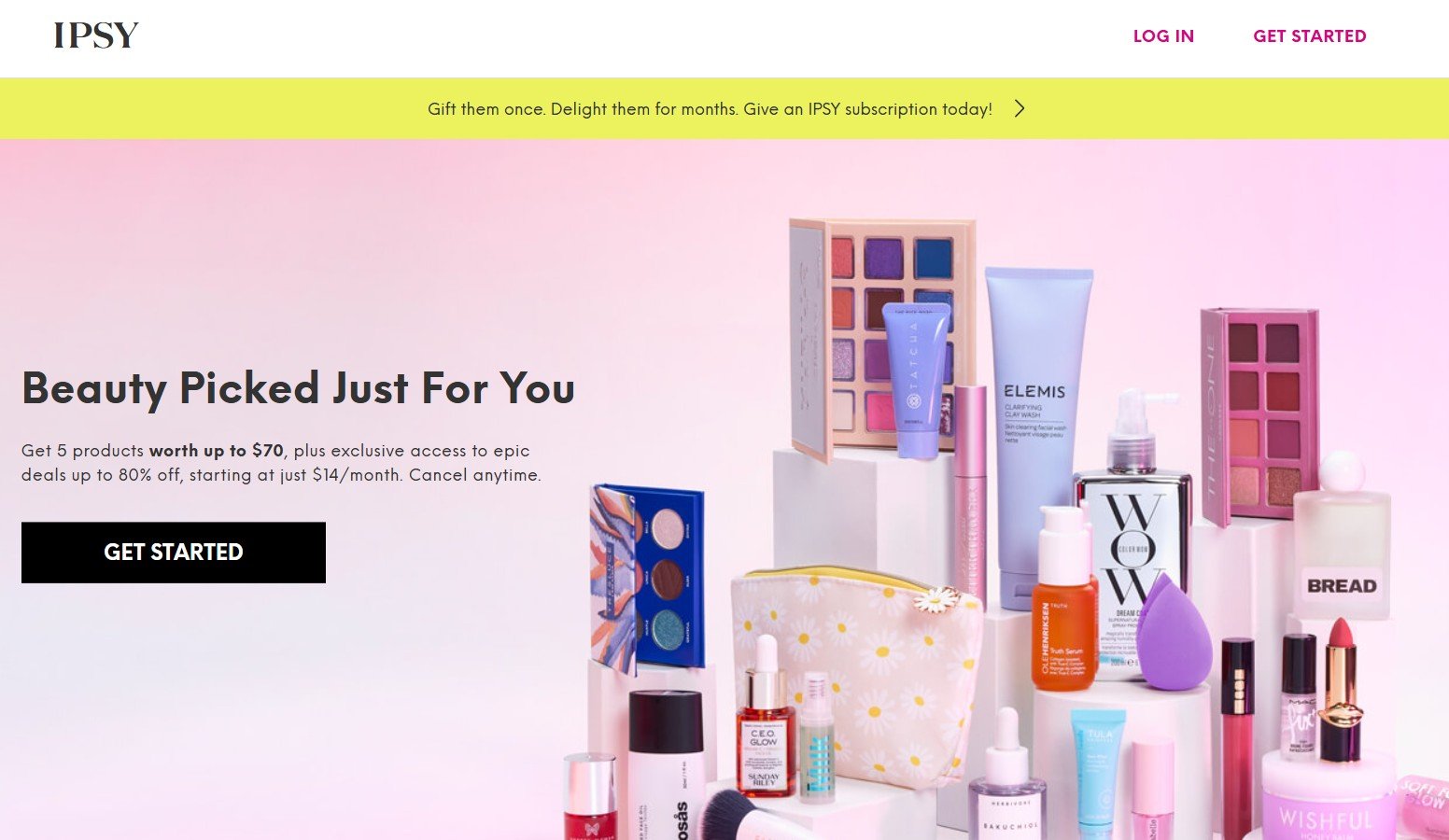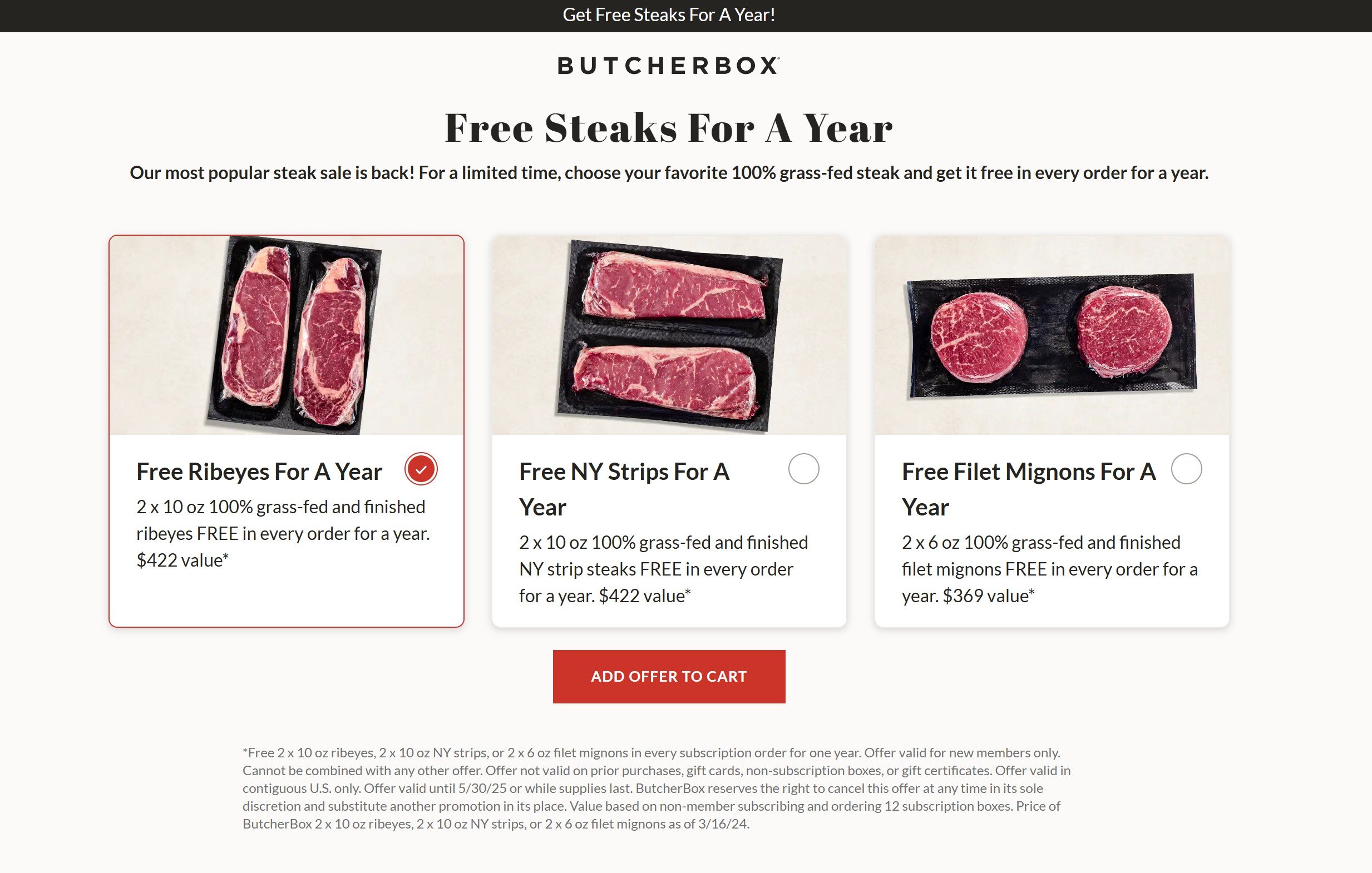How Ecommerce Brands Are Leveraging The Booming Subscription Model
IPSY stands out from other beauty subscriptions by using a detailed quiz to match you with five personalized beauty products each month. Source: https://www.ipsy.com/
Why Subscription Models Are Dominating Ecommerce—and How to Make Them Work for You
From streaming your favorite shows to receiving monthly boxes of curated snacks or skincare, subscriptions are no longer a novelty—they’re a staple. And it’s not just customers who love them. For brands, subscription models provide stability, predictable income, and the opportunity to build lasting customer relationships. With the market projected to hit $2.3 trillion by 2028, now’s the time to explore how subscriptions could work for your business.
What is a subscription model?
At its core, a subscription model allows customers to pay a recurring fee to access products or services on a regular basis—weekly, monthly, or even annually. This setup has been used for decades by magazines and utilities, but it's evolved into an essential revenue model for ecommerce brands.
Think of coffee roasters shipping international blends every month, skincare brands offering auto-replenishment, or platforms giving digital creators a way to monetize exclusive content. Whether you’re shipping a curated box or providing ongoing access to services, subscriptions offer consistent revenue and convenience for everyone involved.
ButcherBox offers free steaks for a 12-month subscription commitment. Source: https://www.butcherbox.com/
Why subscriptions win in ecommerce
Predictable revenue: Instead of relying on one-time purchases, subscriptions give you a clear view of future income, helping you plan inventory, hiring, and growth.
Improved cash flow: Many brands offer discounts for upfront, longer-term subscriptions, giving them more capital to reinvest in the business right away.
Lower customer acquisition costs: Acquiring new customers can be expensive, but with subscriptions, each customer brings more lifetime value, allowing you to focus on retention over constant outreach.
Stronger customer relationships: Regular orders create more touchpoints, giving you the data and opportunity to personalize offers, upsell, and build brand loyalty.
Scalable and flexible: From single-product auto-replenishment to tiered membership clubs, subscription models can be tailored to your product type and customer behavior.
Types of subscription models
There’s no one-size-fits-all approach to subscriptions. Here are four common models to consider:
Curation: Deliver hand-picked or themed selections on a recurring basis. Ideal for lifestyle, food, and fashion brands looking to add discovery and delight.
Replenishment: Automate the delivery of essentials like vitamins, pet food, or razors. Great for convenience-focused shoppers and high-repeat-purchase categories.
Access: Offer exclusive perks, pricing, or content through a monthly membership. Think loyalty programs with real benefits, or gated communities for your most engaged fans.
Hybrid: Combine subscriptions with your traditional store. It’s a great way to test recurring revenue without overhauling your existing business model.
Conclusion
Subscription businesses aren’t just trending—they’re thriving. ButcherBox scaled from side hustle to a nine-figure brand delivering quality meat and seafood on a subscription basis. Vinyl Me, Please turned nostalgia into revenue with a monthly vinyl membership, earning $11M+ in just five years.
The key is consistency, value, and a seamless experience. With the right tools, a subscription model could be your brand’s next big growth engine.


